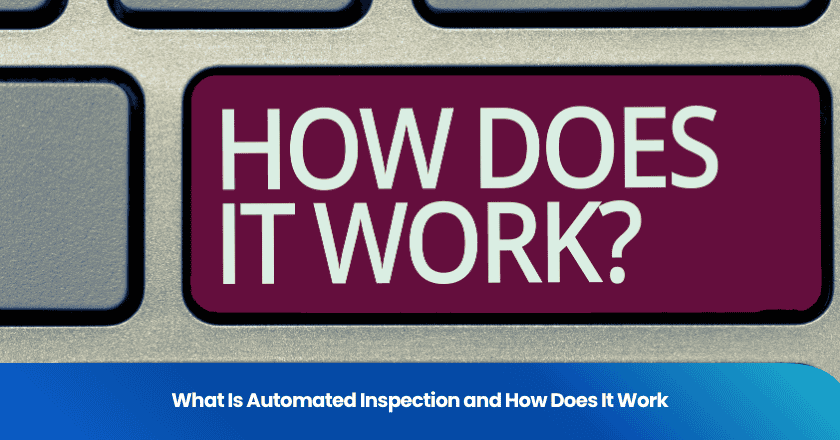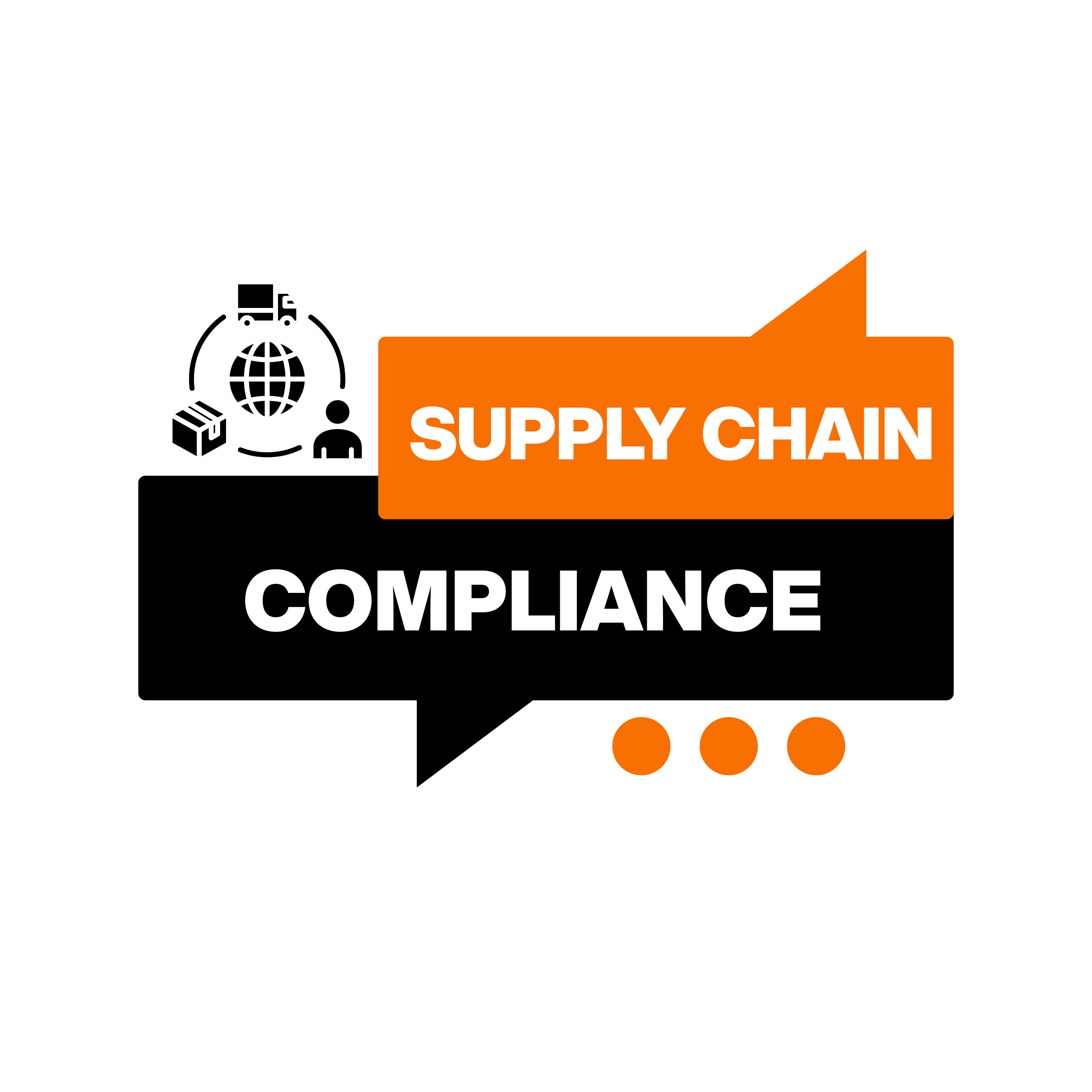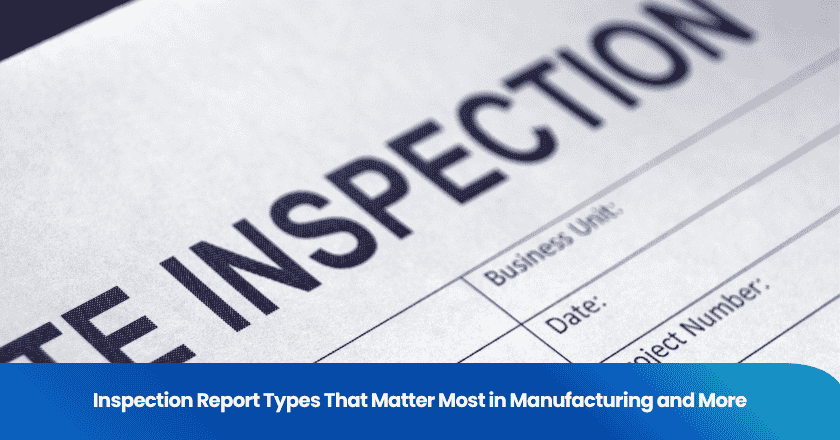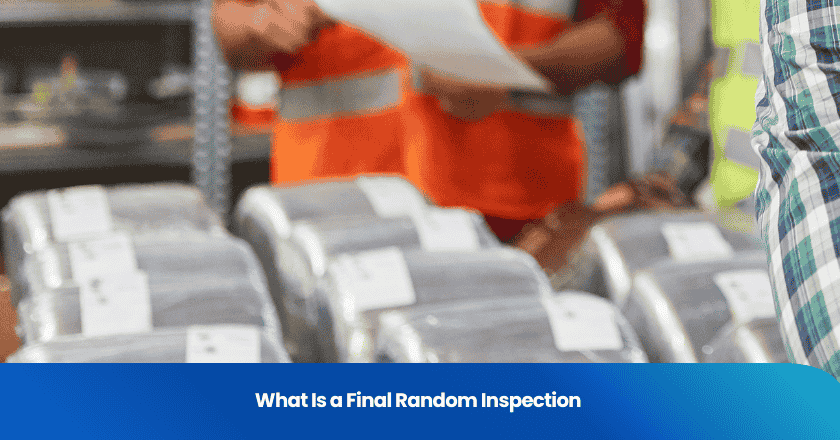
Automated inspection lets you use advanced technology to check products or processes for defects and compliance without manual labor. Its main purpose is to help you achieve consistent quality, reduce human error, and solve issues like inspector fatigue or high production costs. Automated systems often rely on cameras, sensors, and AI to deliver reliable results. You can address common challenges, such as:
- Ensuring compliance with health and safety regulations
- Correctly sealing bottles
- Identifying contaminants in processed food
- Eliminating inconsistent results caused by fatigue
- Overcoming speed bottlenecks and rising costs as production increases
Automated Inspection Overview
Definition
Automated inspection uses technology to check products, parts, or processes for defects and quality standards. You rely on machines, cameras, sensors, and software to perform these checks. This approach removes the need for manual inspection, which depends on human intuition and attention to detail.
Automated inspection stands out because it delivers consistent and fast results. You do not have to worry about fatigue or subjective judgment. Machines can work around the clock, making them ideal for high-volume production lines.
You can see the main differences between manual and automated inspection in the following list:
- Manual inspection relies on human skills and can vary based on the inspector’s focus and energy.
- Automated inspection excels in speed and consistency, making it suitable for environments where precision is critical.
- Manual visual inspection uses basic tools like magnifying glasses and lights.
- Automated visual inspection uses cameras, sensors, and software to detect defects without fatigue.
Purpose
You implement automated inspection to achieve several important goals in manufacturing and quality control. The main objectives focus on improving efficiency, reducing errors, and ensuring product quality.
Automated inspection helps you deliver high-quality products every time. You can reduce inspection times, which leads to greater customer satisfaction. Technology also optimizes your industrial processes, giving you a competitive edge.
You benefit from automated inspection because it applies uniform standards and eliminates subjective judgment. Automated systems detect issues using data and algorithms, so you get impartial results. As your production grows, you can maintain quality without increasing costs.
Recent studies show that automated inspection improves defect detection rates. For example, researchers have used advanced sensors and artificial intelligence to analyze objects from multiple angles. This approach increases accuracy and coverage, even for fine-grained defects. You can trust automated inspection to deliver reliable and precise results in your operations.
How Automated Inspection Systems Work
Process Steps
You can break down the operation of automated inspection systems into a series of clear, sequential steps. Each step plays a vital role in ensuring that your inspection process delivers accurate and reliable results. Here is how a typical workflow unfolds:
1. Data Readiness
You prepare your data sources and ensure that all necessary information is available for the inspection process. This step includes calibrating sensors and cameras to capture high-quality input.
2. Integration Architecture
You design the system architecture to connect cameras, sensors, processing units, and software. This integration allows seamless communication between all components of your automated inspection systems.
3. Pilot Testing
You run initial tests on sample products. This phase helps you identify potential issues and fine-tune the system for optimal performance.
4. Feedback Loop Setup
You establish feedback mechanisms to capture inspection results and use them to improve the process. This loop enables continuous learning and adaptation.
5. Team Enablement & Rollout
You train your team to operate and monitor the automated inspection systems. Proper training ensures smooth adoption and effective use.
6. Continuous Optimization
You regularly review system performance and make adjustments. This ongoing process helps you maintain higher precision and adapt to new inspection requirements.
Tip: By following these steps, you can achieve real-time inspection and maintain consistent quality across your production line.
Technologies
Automated inspection systems rely on a combination of advanced technologies to deliver fast, accurate, and repeatable results. You will find that each component plays a specific role in the inspection process. The table below outlines the main elements and their functions:
| Component | Description |
|---|---|
| Cameras | Machine vision cameras capture detailed images of products in real-time for defect detection. |
| Lighting | Proper illumination enhances image clarity, making it easier to spot defects. |
| Sensors | Sensors measure temperature, dimensions, weight, and other physical properties. |
| Processing Units | These units analyze data at high speed to determine product quality. |
| Software | Software controls the inspection process and uses ai-powered computer vision for improvement. |
| User Interface | Operators use this interface to set inspection parameters and monitor system performance. |
| Integration | Connectivity components link the inspection system with production equipment and databases. |
You start by defining your inspection requirements. You identify the types of defects you want to detect, select the right inspection technologies, and design the layout of your automated line. You then install and calibrate the equipment, integrate software for image processing, and test the system with sample products. Once you deploy the system, you monitor its performance and perform regular maintenance to ensure reliability.
Automated inspection systems use a range of camera and sensor technologies. For example, machine vision cameras provide high-resolution images that allow you to detect even micron-scale deviations. Sensors supply additional data, such as temperature or weight, to support comprehensive inspection. Processing units handle real-time data analysis, while software leverages ai-powered computer vision and machine learning to improve defect detection accuracy.
You benefit from detection accuracy rates that often exceed 99%. Modern vision systems can identify flaws invisible to the human eye. Deep learning algorithms further enhance the speed, adaptability, and accuracy of automated inspection systems. These technologies reduce false positives and save time on manual reinspection. In high-volume environments, you can often achieve a return on investment within twelve months.
Note: Automated inspection systems deliver higher precision and consistency than manual methods. You can trust these systems to maintain quality standards as your production scales.
Automated Visual Inspection Applications
Manufacturing
You see automated visual inspection play a critical role in modern manufacturing. You can use these systems to detect surface defects on aircraft components in the aerospace industry, check material quality in home goods, and scan automotive parts for flaws. Automated inspection also inspects metal sheets for cracks and irregularities in heavy industry. These applications help you prevent costly recalls and ensure safety.
Automated visual inspection improves quality control by providing consistent and objective results. For example, a global manufacturer increased yield by 27% after eliminating packaging defects. The system detected small holes in plastic packaging, which could have caused customer complaints and recalls. You benefit from higher accuracy and faster inspections, which support your production goals.
Electronics
In electronics manufacturing, automated visual inspection systems help you maintain high standards. You can assess solder quality on printed circuit boards, verify component placement, and identify assembly errors. These systems detect minute defects, such as wrong soldering or missing parts, that human inspectors might overlook.
Automated optical inspection uses advanced algorithms to classify and detect defects. You reduce the occurrence of defects and improve quality control by integrating these systems into your production line. Defect detection systems analyze circuit boards with machine learning, identifying critical issues like soldering errors and misaligned components. This precision is essential because even minor defects can cause significant failures in electronics.
Inspection Benefits
Quality
You achieve higher quality standards when you use automated inspection. These systems deliver unmatched precision and accuracy, which means you can detect even the smallest defects. The technology eliminates human error and ensures that every product meets strict quality requirements. You benefit from consistent results, regardless of production volume.
Here is a table showing measurable improvements after implementing automated inspection:
| Improvement Type | Measurement |
|---|---|
| Defect Detection | Improvements of up to 300% |
| Reduction in Quality Issues | 50-75% reduction on average |
You also see better quality assurance because automated systems operate continuously and never lose focus. Advanced robotics and machine vision provide repeatable results, so you maintain quality across every batch. This approach leads to fewer recalls and higher customer satisfaction.
Efficiency
Automated inspection transforms your production efficiency. You can inspect products in real time, which keeps your lines moving at high speed. The technology eliminates bottlenecks and reduces downtime, so you meet tight deadlines with ease.
- AI-powered inspection technology enhances product quality and efficiency.
- Industrial machine vision automates inspections, optimizing your workflow.
- Automated systems minimize production interruptions and scale easily to meet demand.
A comparison of automated and manual inspection highlights the efficiency gains:
| Benefit | Automated Inspection | Manual Inspection |
|---|---|---|
| Efficiency | Continuous real-time defect detection | Slower, periodic inspections |
| Downtime | Minimizes production interruptions | Higher downtime due to inspection time |
| Scalability | Easily adjusts to high production demands | Limited scalability |
You can assign one operator to manage several machines, which further boosts your productivity.
Cost Savings
You save money with automated inspection in several ways. The technology reduces labor costs because fewer staff are needed to monitor production. Automated systems operate around the clock, so you avoid overtime expenses and on-call personnel.
- Companies report a 30% reduction in quality-related recalls.
- Production efficiency improves by up to 40%.
- Many businesses recoup their investment in less than a year through labor cost savings.
Automated inspection also reduces waste by catching defects early. You spend less on rework and scrap, which protects your bottom line. The initial investment pays off quickly, and you continue to benefit from long-term savings.
Tip: Automated inspection delivers precision, accuracy, and efficiency, helping you maintain high quality while reducing costs.
You gain measurable advantages by adopting automated inspection. Studies show you can reduce defect rates by up to 50% and boost productivity by 30%. Key benefits include speed, accuracy, consistency, and cost savings. Future trends point to real-time analytics, AI-driven decision-making, and mobile solutions that transform inspection management.
Consider how automated inspection could improve your operations, reduce risk, and help you stay competitive.
FAQ
What types of defects can automated inspection detect?
You can identify surface flaws, dimensional errors, missing components, and contamination. Automated systems use cameras and sensors to spot defects that are hard to see with the naked eye.
How does AI improve automated inspection accuracy?
AI analyzes images and sensor data to recognize patterns and detect anomalies. You benefit from faster, more precise defect detection and fewer false positives.
Can you integrate automated inspection with existing production lines?
You can connect automated inspection systems to most modern production lines. Integration requires compatible hardware and software, but most solutions support flexible setups.
What maintenance do automated inspection systems require?
You need to clean cameras and sensors regularly. You should update software and calibrate equipment to maintain accuracy. Routine checks help prevent downtime and ensure reliable performance.
Grow your business with TradeAider Service
Click the button below to directly enter the TradeAider Service System. The simple steps from booking and payment to receiving reports are easy to operate.



